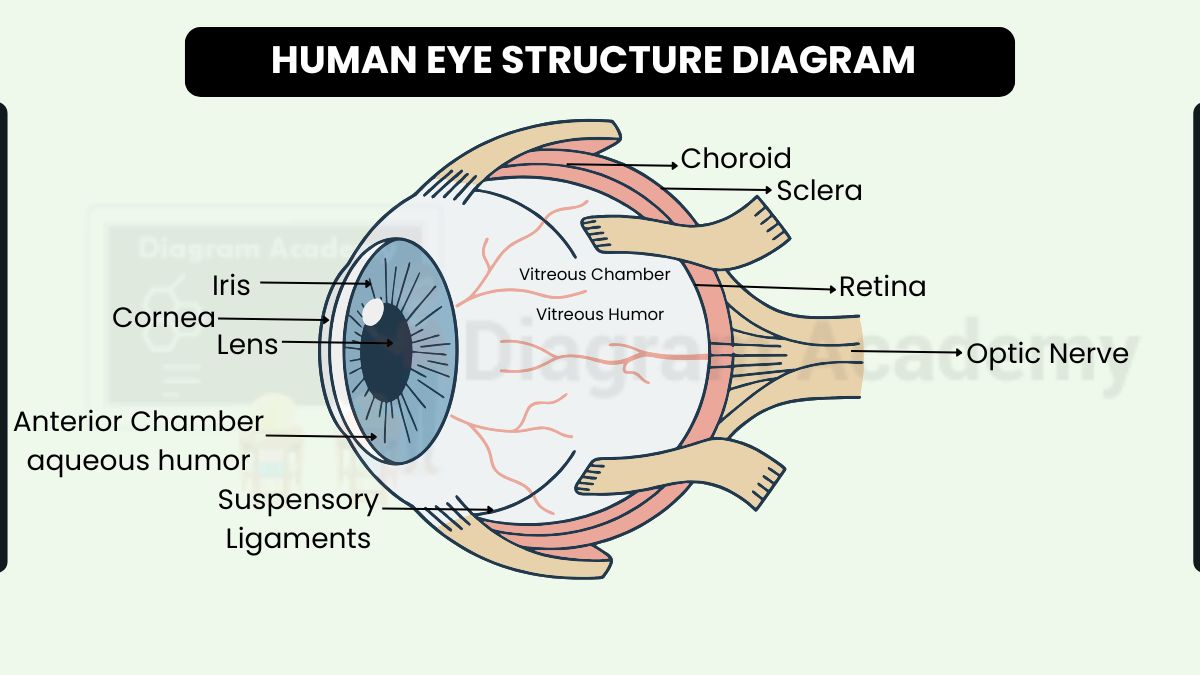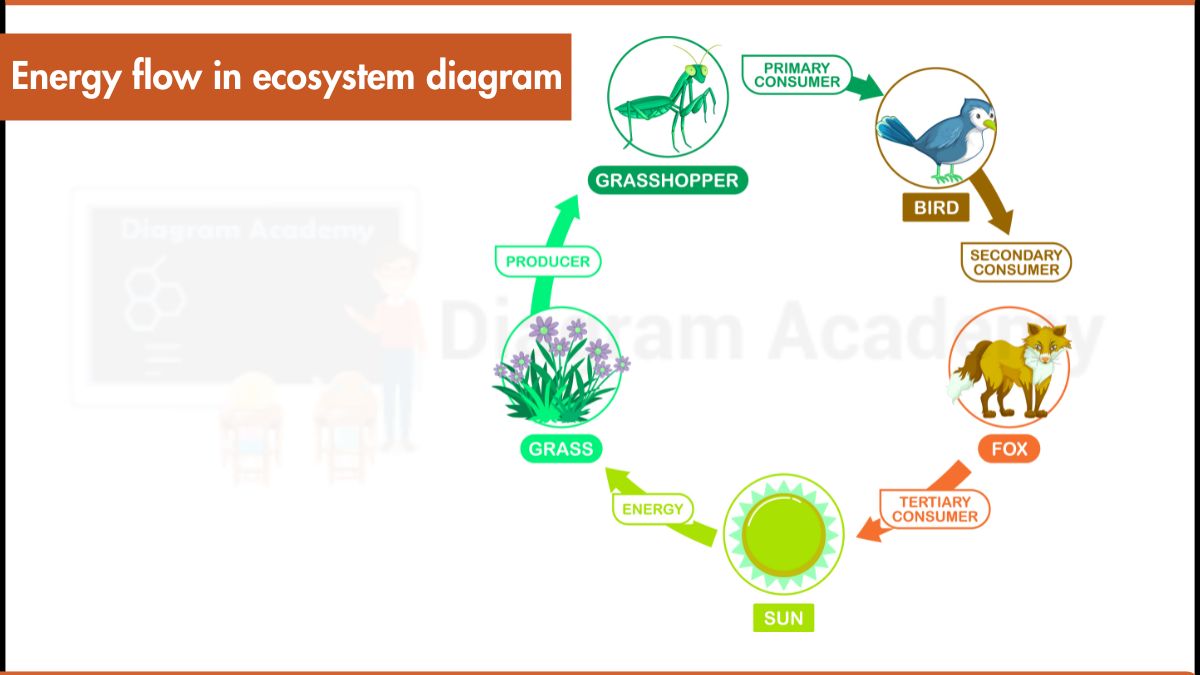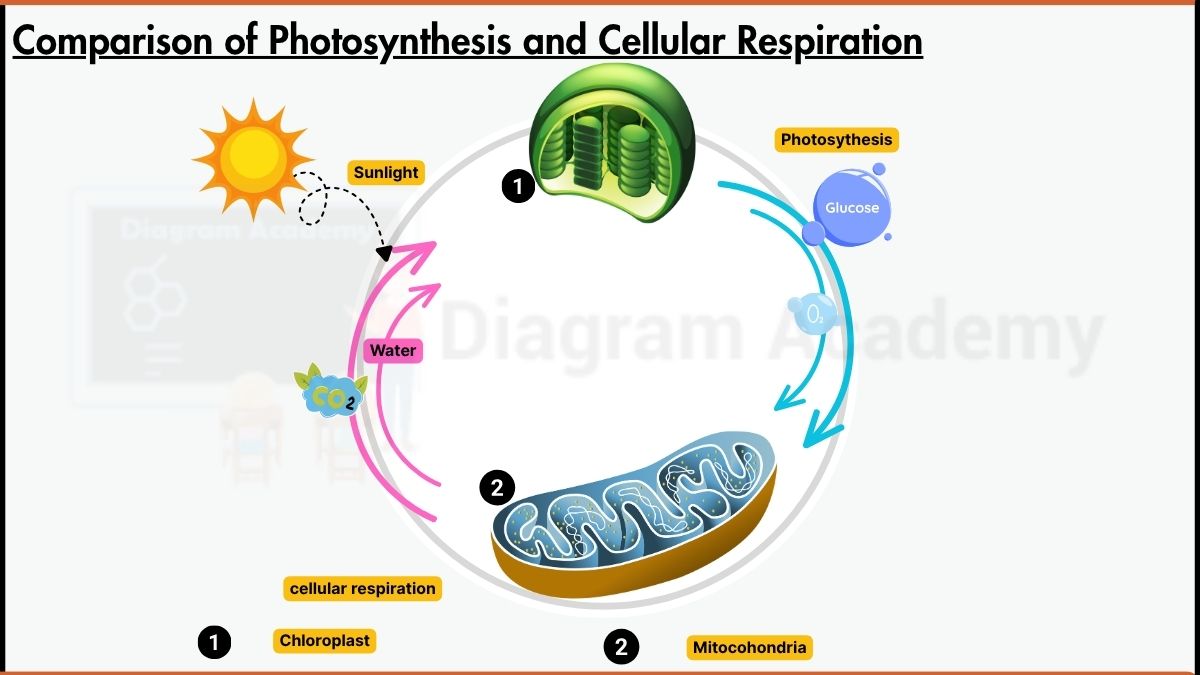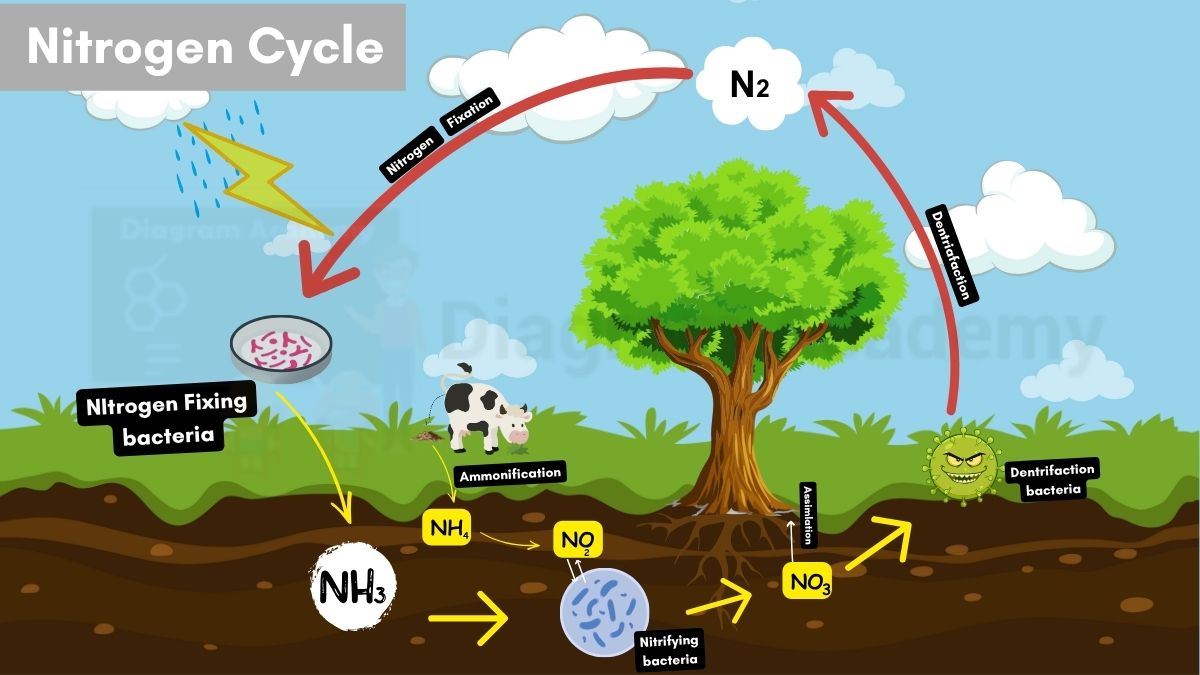Energy Flow in an Ecosystem
Energy flow in an ecosystem describes how energy moves from the Sun → producers → consumers → decomposers, following a strictly unidirectional path. Green plants (producers) absorb sunlight and convert it into chemical energy through photosynthesis, forming the foundation of all food chains. Because of the First Law of Thermodynamics, energy cannot be created or destroyed, but it transforms from solar energy into food energy stored in plant tissues. As herbivores feed on these plants and carnivores feed on herbivores, energy continues to transfer upward, but a major part of it is lost as heat at every step. This loss of energy is explained by the Second Law of Thermodynamics, which states that during energy transfer, some energy is always wasted. This is why producers have the most energy and why higher trophic levels receive less.
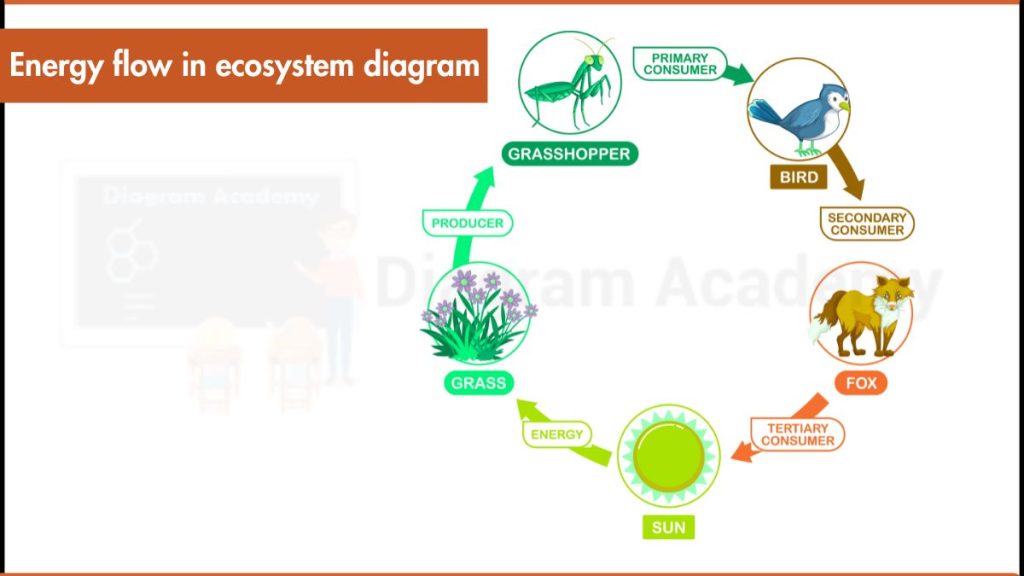
Energy transfer follows the 10% law, meaning only 10% of the energy from one trophic level passes to the next, while the rest is lost. This is best shown in an energy pyramid, where producers form the broad base with maximum energy, herbivores occupy the second level, and carnivores appear at the narrow top with the least energy. Energy moves through different food chains such as the grazing food chain, detritus food chain, and parasitic food chain, but all show the same pattern: energy enters the ecosystem, flows through organisms, and eventually leaves as heat. Matter cycles, but energy does not — it flows in one direction and cannot be reused. This continuous yet decreasing flow of energy supports life and maintains ecological balance.
Frequently Asked Faqs
1. How do energy flow in an ecosystem?
Energy flows from the Sun to producers and then to consumers. At every step, energy is lost as heat, making the flow unidirectional.
2. How does energy flow through an ecosystem?
It flows through the food chain: plants → herbivores → carnivores. Only 10% of the energy moves to the next level.
3. Why do producers have the most energy?
Because they receive energy directly from the Sun and convert it into chemical energy through photosynthesis.
4. How do producers get energy?
Producers get energy by absorbing sunlight and converting it into food during photosynthesis.
5. How does an energy pyramid work?
An energy pyramid shows decreasing energy at each trophic level, from producers at the base to top carnivores at the narrow tip.
6. How does energy move within an ecosystem?
Energy moves when one organism consumes another, but most of it is lost at each step.
7. How does energy move through an ecosystem?
Energy transfers through food chains and food webs, from producers to various levels of consumers.
8. How does matter and energy flow through an ecosystem?
Matter cycles repeatedly, but energy flows one way and is eventually lost as heat.

